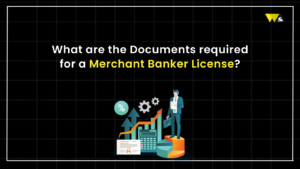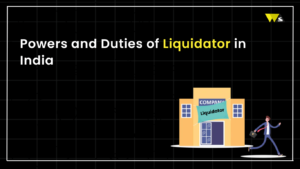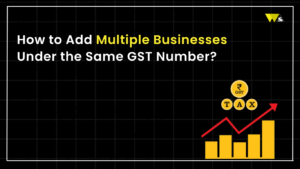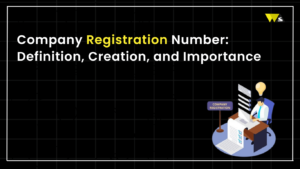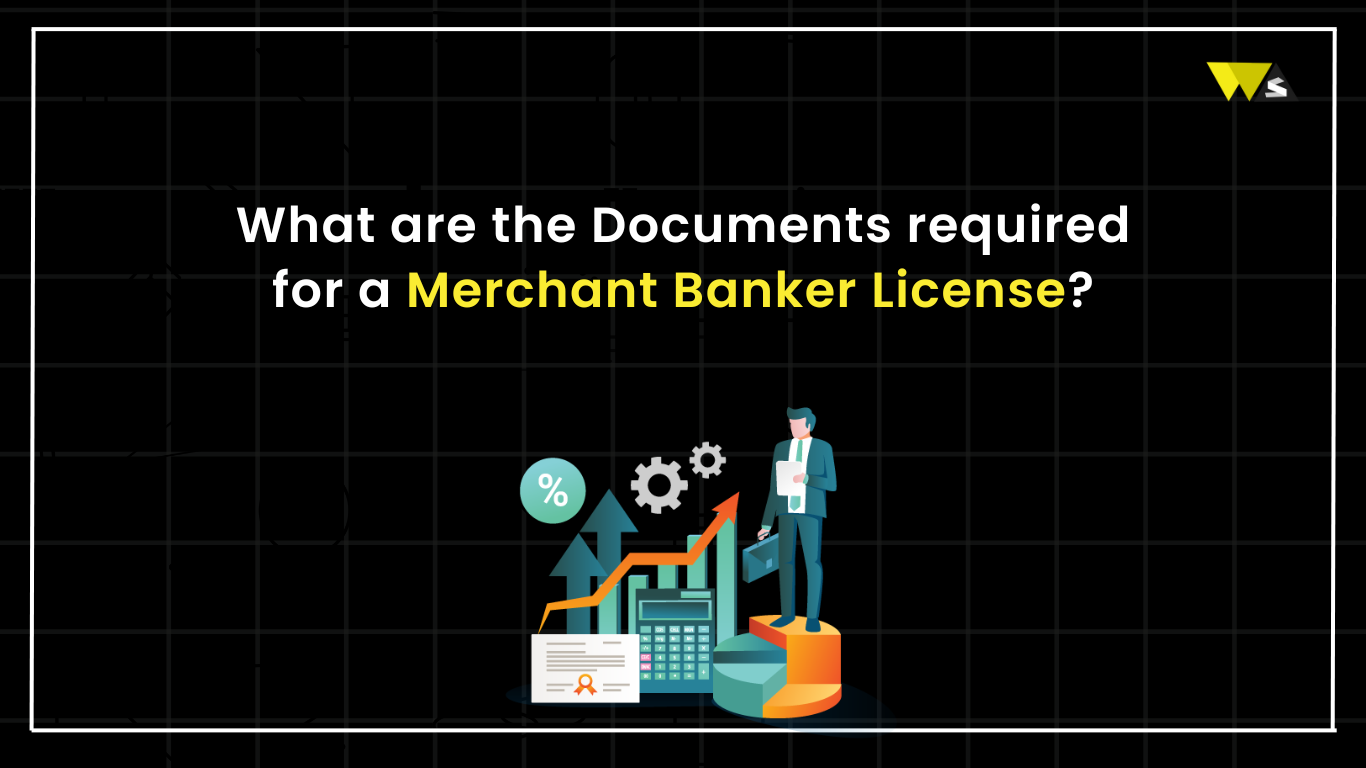Compliances Checklist under EPF Act is important for every Employee Provident Fund (EPF) as it offers a cover to the employees for the period in which they are not working due to termination of employment. A business employing more than 20 persons must register at the EPF office. However, as per the recent amendments in the EPF scheme, the total number of employees needed to set up an establishment is increased to 10 for the mandatory EPF registration.
What is an Employee Provident Funds?
An advantage for the employee in retirement is the Employee Provident Fund (EPF). It is a social security fund established to offer stability and financial security in retirement.
Where is it applicable?
- It applies to a company with 20 or more employees. The total minimum number of employees has been raised to 10 following an amendment to the guidelines of the EPF scheme.
- Under this Act, any company, regardless of the number of employees, may voluntarily cover.
Who is eligible for it?
- Any person who is hired for work of a company or employed by the contractor in or in relation to the work of a company and drawing salary up to Rs.15,000/- p.m. Basic Salary plus Daily Allowance is how the salary is determined.
What is the Insurance Scheme?
- Upon enrolment in the Provident Fund, every member is automatically covered for the duration of their service.
- In the insurance plan, most of the companies has to pay a wage contribution of 0.5%. The nominee is going to receive a compensation of up to one lakh rupees upon the death of the employee.
What is the Pension Fund?
- Every employee enrolled in the Provident Fund program joins the Pension Plan. The employer portion of contributions to the pension scheme amounts to 8.33% of Basic Salary up to 15, 000 rupees.
- To qualify for a monthly pension, one must have rendered at least 10 years of contributed service. After 20 years of contributing service, the total sum of the pension shall become payable.
Compliances Checklist under EPF Act
- The employee and employer’s PF dues on the fifteenth of the following month.
- The 15th of the following month is when the pension fund payment is due.
- The Insurance Fund payment is due on the fifteenth of the following month.
- Detail of employees are enrolled as members PF fund, within 1 month of coverage in the prescribed form.
- Nomination Form is filled immediately on Joining the fund in the prescribed form.
- Detail of newly enrolled members should be filled within 15 Days of the following month in the prescribed form.
- Detail of members who left service during the month before 21st of the following month in the prescribed form has to be filled.
- Detail of employees and employer’s contribution by 25th of the following month in the prescribed form is to be filled.
- For each member details of wages and contribution shall be given by 30th April every year.
- The yearly Consolidated statement of contribution is to be forwarded yearly along with Form 3A.
- The return of ownership of the establishment is to be filled within 15 days on coverage and whenever there is a change in ownership.
- The transfer of PF Form 13 needs to be filled.
- In addition to above Compliance related Insurance and pension also need to duly comply with.
Withdrawal Rules of Employee Provident Funds Act
- When an employee reaches the age of 58, they can withdraw all of the funds from their EPF account in full settlements. Alternatively, if the employee can’t find work for two months or longer, or if they pass away while still employed and before reaching retirement age, their nominees or legal heirs will be entitled to take out the entire amount.
- A portion of the EPF can be withdrawn for things like schooling, healthcare, home loan repayment, marriage, buying a house, apartment, or land, purchasing insurance in case the factory or establishment closes, natural disasters, one year prior to retirement, and longer than one month of unemployment.
Penalties for Non-compliance under Employee Provident Funds Act
A 12% annual interest penalty is assessed for each day that the contribution is not paid on time.
Penalties for late payments are as follows:
- You have to pay 5% interest p.a. if there is a delay up to two months.
- You have to pay 10% interest p.a. if there is a delay up to two to four months.
- You have to pay 15% interest p.a. if there is a delay up to four to six months.
- You have to pay 25% interest p.a. not exceeding 100% at a time if there is a more than a six-month delay.
These fines have a progressive structure, with the length of the delay determining how severe the penalty is. The goal is to provide employers with incentives to comply with the specified deadlines for EPF contributions. Employee financial security and the efficient operation of the EPF system depend on timely contributions. As such, it is recommended that employers promptly execute their duties to avoid increasing their fines related to debts. This structure demonstrates the importance of observing the EPF Act and the penalties for not meeting or complying with the deadlines.
Advantages of Employee Provident Funds Act
The following advantages are available to employees covered by the various Act schemes:
- Employees are able to withdraw money or receive advances.
- The nominees or the member’s legal heirs will receive the dead member’s PF amount.
- Besides making contributions to the PF, the employer also pays the pension costs that the employee will be able to draw after he/she retires.
- It is obligatory for the employees to covered on the EDLI Scheme for them to qualify for the death benefit upon their demise while still in the employment of the organization.
- The Income Tax Act’s EEE (Exempt, Exempt, Exempt) tax benefit allows employees to file tax-free returns.
- Special benefits are given to employees in the form of interest income added to their savings.
- If a member moves jobs and the corresponding Provident Fund system is still in place, their PF account may be transferred.
Conclusion
The smooth operation of the Employees Provident Fund Scheme depends on the compliance standards listed above, which ensure that employers and employees fulfil their financial commitments. The efficient administration of the EPF system and the financial security of the workforce depend on timely contributions and accurate reporting. Companies that want to comply with the rules outlined by the EPF Act must abide by these annual Compliance criteria.




